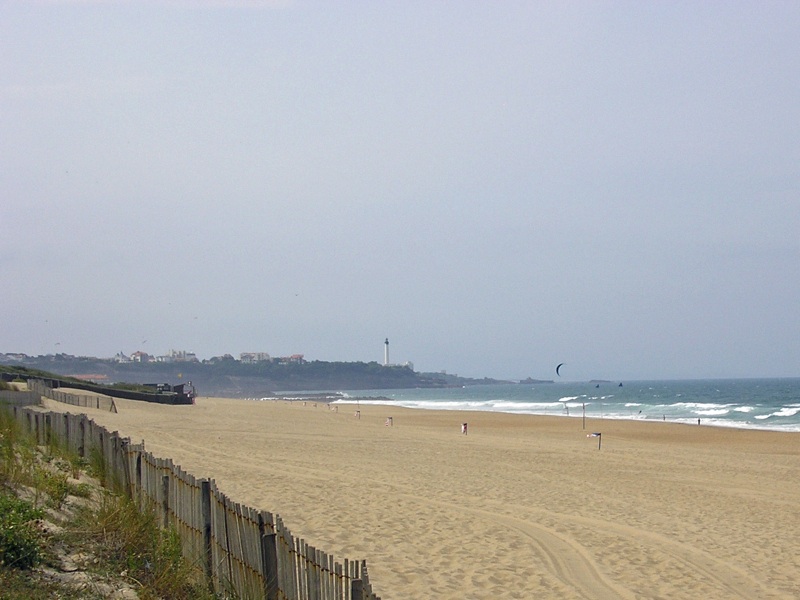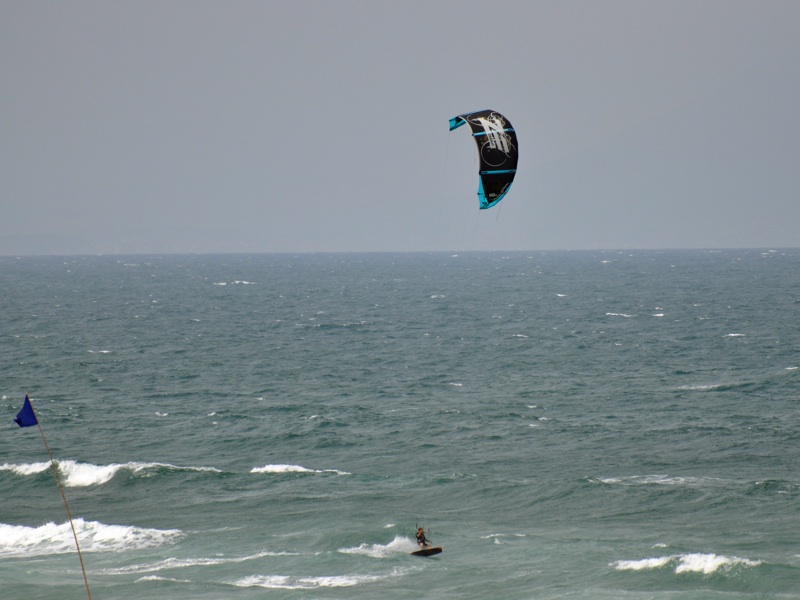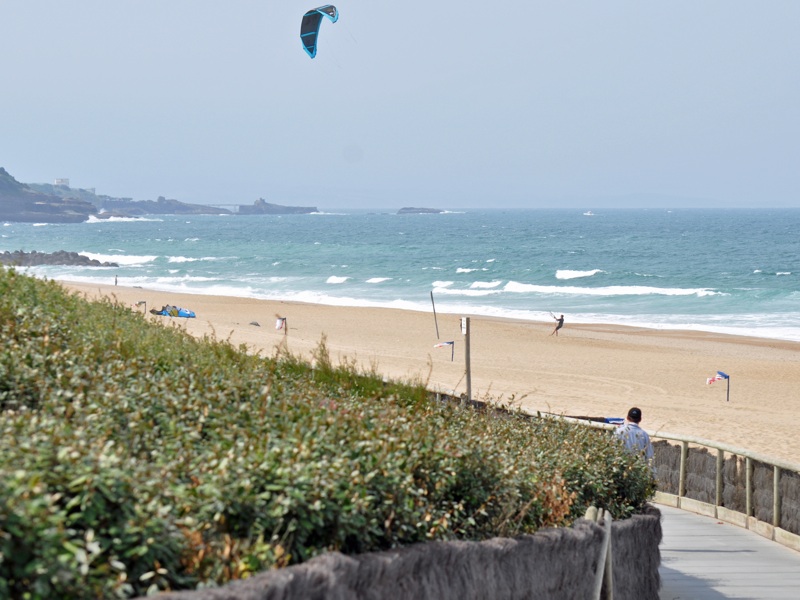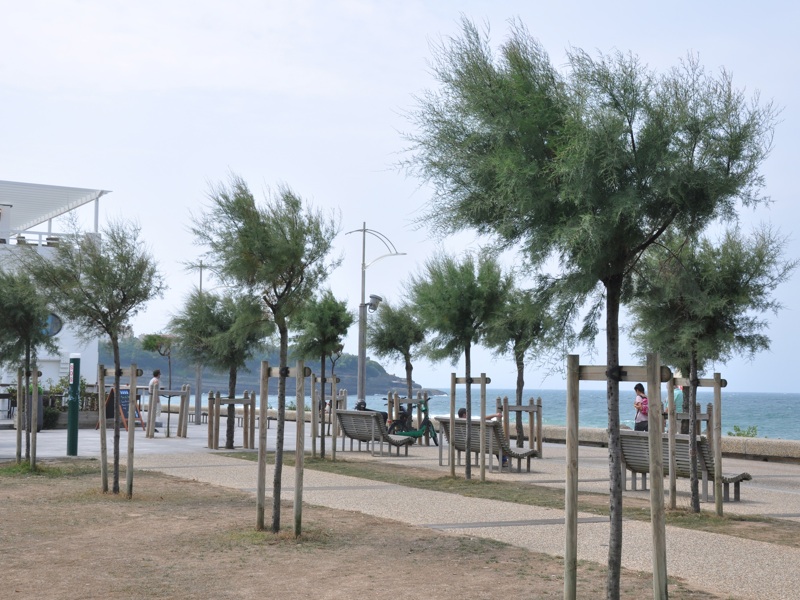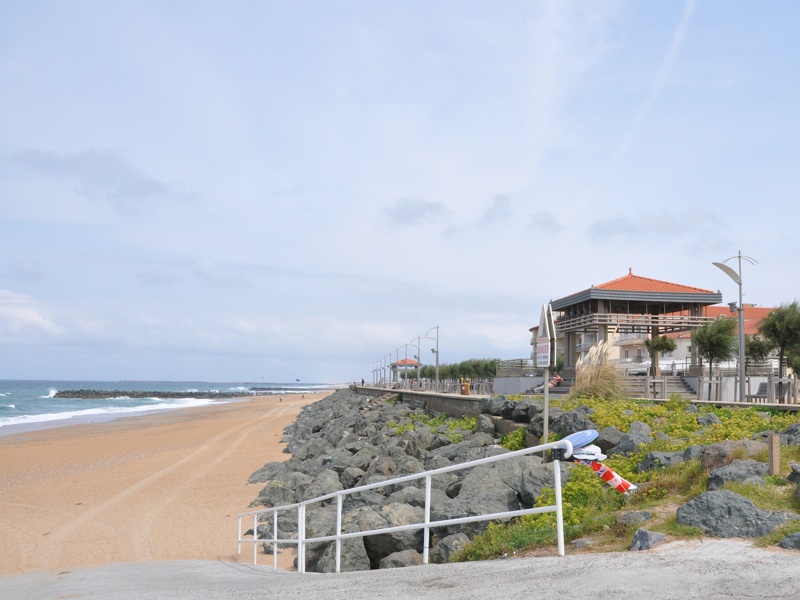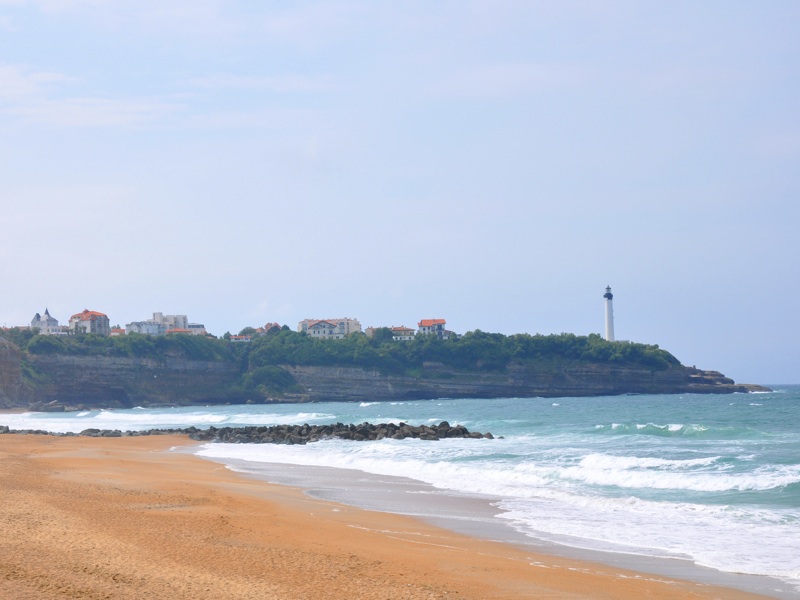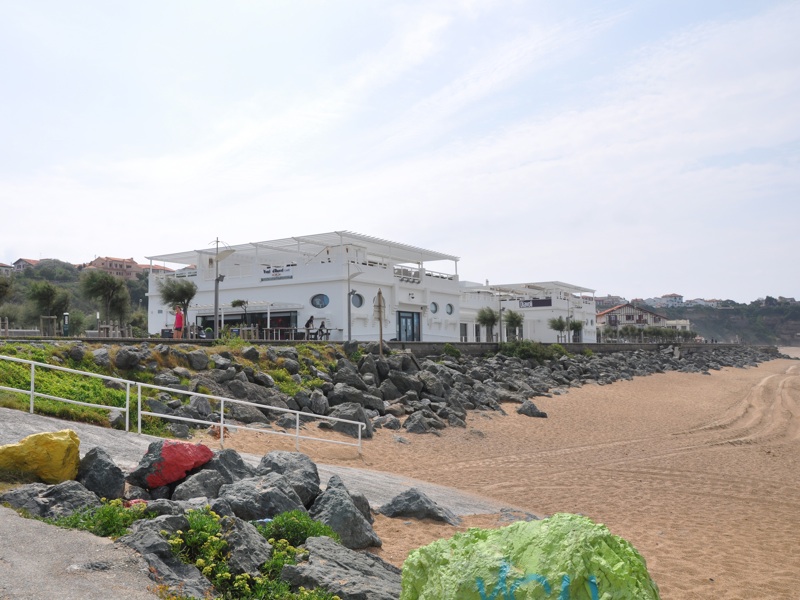 , the main city of the French Basque Country, Biarritz
, the main city of the French Basque Country, Biarritz  , a famous coastal tourist town, and two other municipalities, belong to the area known as Communauté d'agglomération du Pays Basque (until 2010 Communauté d'agglomération de Bayonne-Anglet-Biarritz, later Agglomération Côte Basque-Adour, from the name of the river Adour
, a famous coastal tourist town, and two other municipalities, belong to the area known as Communauté d'agglomération du Pays Basque (until 2010 Communauté d'agglomération de Bayonne-Anglet-Biarritz, later Agglomération Côte Basque-Adour, from the name of the river Adour  ).
).From a tourist point of view, the history of Anglet begins no earlier than the mid-nineteenth century, when the agricultural settlements in the area where today's Anglet lies began to transform into an urban organism, and at the same time the entire region followed in the footsteps of Biarritz, a town that quickly transformed from a village and a fishing port specializing in whaling into one of the most famous resorts on the French Atlantic coast, frequented by French and European aristocracy and financial elites.
Also in Anglet, the beginnings of tourist infrastructure began to be created: as early as in the 1880s, a race track was built here, later destroyed and not rebuilt, a swimming pool, etc., and a railway line connecting Anglet with Bayonne and Biarritz was built. In the 1920s, the infrastructure of Anglet as a holiday resort was so intensively developed that in 1929 the town - already visited by representatives of the aristocracy and financial elites of Europe - obtained the status of a "health resort", remaining an important tourist center of the region to this day.
Anglet's territory is bounded to the north (actually by the northeast) by the Adour River; the coast at Anglet is the last element of a sandy stretch of the Atlantic Ocean stretching for about 200 km, running from the mouth of the Gironde north of Bordeaux. In the opposite direction, the Anglet coast is the first stretch of the Côte Basque - the French "Basque coast", extending towards Biarritz, Saint-Jean-de-Luz, Hendaye and the Spanish border. In Anglet itself, there are almost 5 km of wide, sandy beaches, from the mouth of the Adour River to the lighthouse
 standing on a peninsula called Pointe Saint-Martin, beyond which already begins the coast of Biarritz (➤
map)(➤ map). Probably the most famous attraction of Anglet are the waves on the Bay of Biscay, creating, as in Biarritz, excellent conditions for surfing and other water sports. Other sports willingly practiced by guests in Anglet are m.in. golf and horseback riding.
standing on a peninsula called Pointe Saint-Martin, beyond which already begins the coast of Biarritz (➤
map)(➤ map). Probably the most famous attraction of Anglet are the waves on the Bay of Biscay, creating, as in Biarritz, excellent conditions for surfing and other water sports. Other sports willingly practiced by guests in Anglet are m.in. golf and horseback riding.